For more than fifteen years, I have been teaching world history to high school students with special needs. The vast majority of these students have a very severe deficit in reading. They need to practice this skill as much as possible. Although I provide many opportunities for my students to hone their reading skills, the deficit can create a barrier to learning some of the most important concepts in our world history class.
As a result, there are times I need to find other ways to inspire the students to engage in discussions and learning.
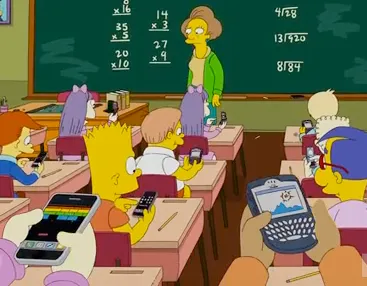
Teachers need to compete with quite a few of distractions.
As I have mentioned before, one of my favorite ways to generate student interest is through the use of pop culture. Nothing is better than The Simpsons.
This week, our class focused on the causes of revolutions. The state curriculum requires us to use the French Revolution as the primary example (although I choose to incorporate more modern examples as well).
When I teach an important concept, I use some combination of teaching, discussion, and application in order to help the students to learn it.
For Revolution, I begin by creating fake school rules. I present them to the students as if they are real. Each of the fictional rules corresponds to one of the causes of revolution we study later in the lesson. This activity is quite effective at grabbing their attention and inspiring them to want to learn about the actual causes. It also provides a common example that the class can refer to as we discuss revolutions and their causes.
After sparking their interest, I use a memory trick, pictures and animations to help the students to understand six basic causes of revolutions.
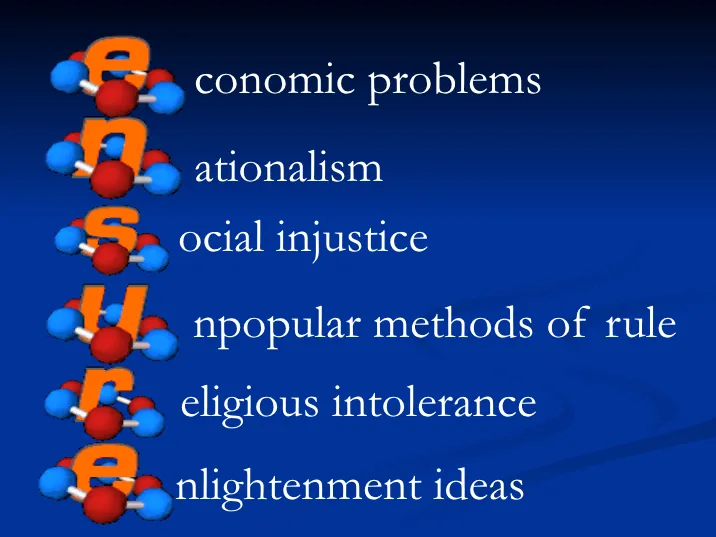
Although these aren't the only causes of revolution, it provides a common starting point for the students to use to analyze some revolutions. This slide is the summary of the larger discussion.
During the presentation, I ask the students to relate the causes of revolution back to the fake school rules from the beginning of the lesson.
After the students learn the vocabulary and ideas and connect them to my fictional example, it is time to see if they can spot them in a less obvious source. This is where a typical class would present some case studies for the students to read. But my class is not “typical”. I save that reading based task for another day.
In my class, this is where the fun comes in.
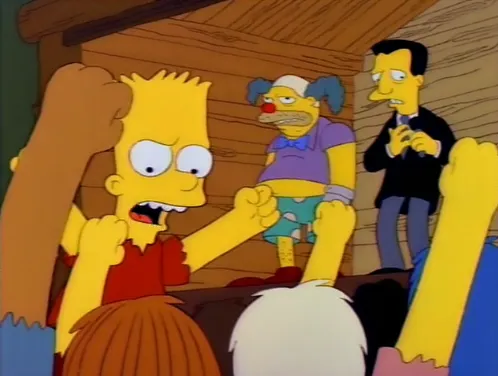
The revolution begins!
I tell my students we are going to watch an episode of The Simpsons titled Kamp Krusty. After a little bit of cheering and fist pumping (from me) I pass out the accompanying sheet. This sheet calls for the students to identify and record examples of each of the six reasons for revolution that we have studied.
Miraculously, because The Simpsons writers are freaking geniuses, every single cause can be found in this episode.
If you want to play the “game” for yourself, Kamp Krusty is the first episode of the fourth season. If you are creative, you will discover an example of each cause of revolution.
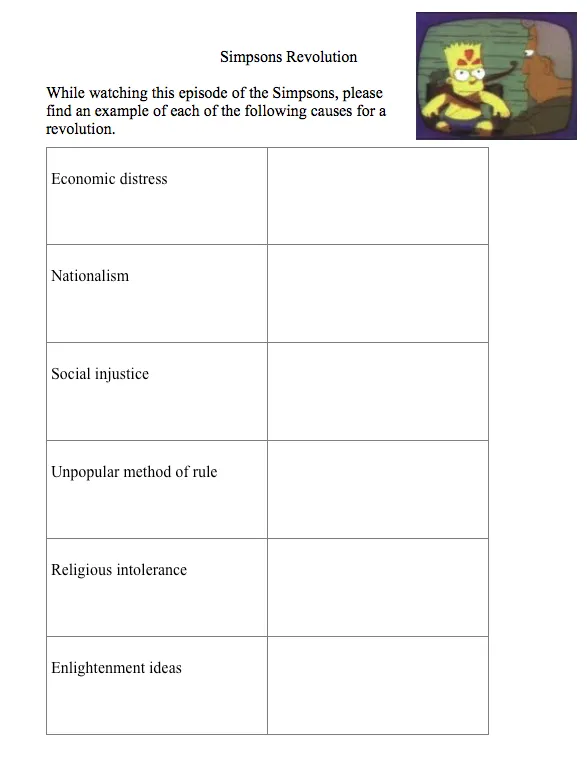
The students jot down quick notes as the causes appear in the episode. When it is over, we discuss their findings and flesh out their ideas a bit more.
If you would prefer not to play, here are the answers:
Economic Distress - The students identify the lack of food, poor housing conditions and forced labor as economic causes of the revolution.
Nationalism- Most students immediately identify the "U.S.A." chant as an example of nationalism. If they look deeper they can use the campers' love of Krusty and the camp song as another example.
Social Injustice - The campers at Kamp Krusty represent a group that is being treated unfairly. The children at the weight loss camp are treated even worse. It is no wonder they wanted to revolt.
Unpopular Method of Rule - It begins with Mr. Black being in charge of the camp instead of Krusty. It is made worse by the fact that the school bullies have been given positions of power.
Religious Intolerance - Although it is a stretch, the camp has been built on top of an Indian Burial Ground. Although not a direct cause of this "revolution", my students are able to articulate that if Bart needed allies, he might be able to inspire the indigenous people to join him.
Enlightenment Ideas - The students quickly see Locke's concept of "right to revolution" illustrated in the episode. They also point out that the episode uses one of Voltaire's favorite techniques: satire.
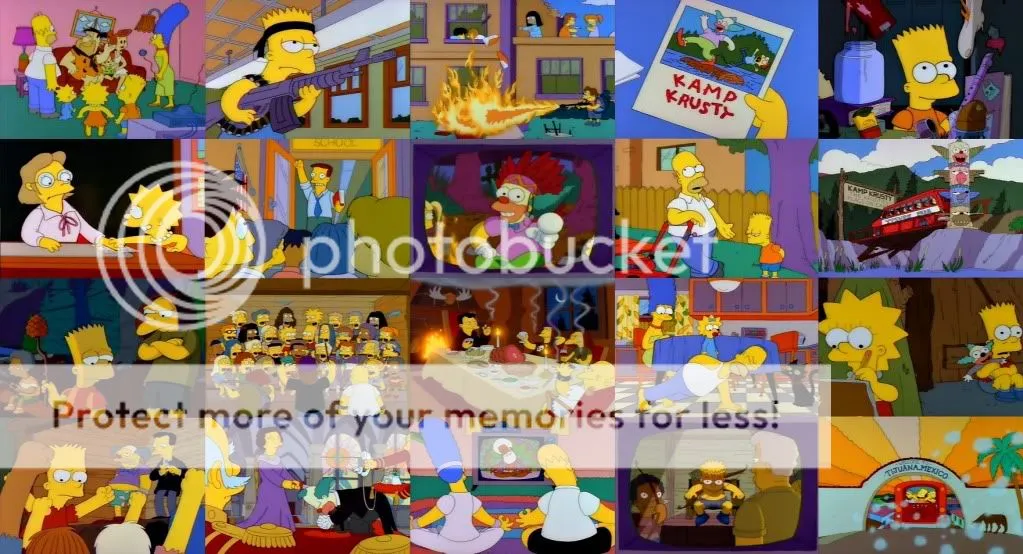
In every class in which I have shown this episode, there is one question that is always asked:
“Mr. Hanshotfirst, did they write this episode for history classes?”
It sure seems like it.
